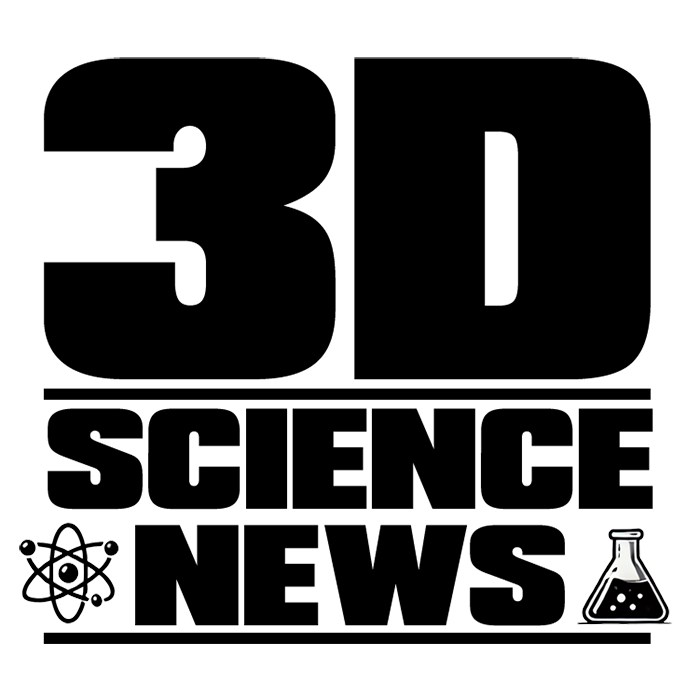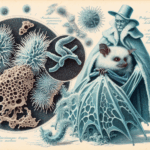A good espresso is a science experiment in a cup—one that fails more often than it succeeds. Water under high pressure should evenly extract flavors from coffee grounds, but reality is cruel. Instead of obeying the laws of fluid dynamics, the water rebels, carving chaotic paths through the puck like a rogue AI rewriting its own code.
This phenomenon, known as “channeling,” is the caffeine-fueled cousin of erosion. Instead of distributing water evenly, microscopic highways form where resistance is lowest, over-extracting some areas while neglecting others. The result? A bitter, underwhelming shot that tastes like regret.
Scientists at the University of Warsaw decided they were tired of bad coffee. Armed with physics, they analyzed channeling to understand why some espressos emerge as liquid gold while others taste like burnt disappointment. This morning, they presented their findings at the American Physical Society’s Global Physics Summit, proving once again that physicists will study anything—especially if it fuels their caffeine addiction.
For those who think espresso is just “fancy coffee,” there’s an entire rulebook dictating its proper creation. The Specialty Coffee Association decrees that real espresso must follow strict guidelines: water at exactly 92-95°C, 7-9 grams of finely ground coffee, and an extraction time between 20 to 30 seconds. But walk into any coffee shop, and you’ll see baristas playing fast and loose with pressure, temperature, and grind size—because humans, unlike machines, are unpredictable.
Naturally, scientists love a challenge. In 2020, Christopher Hendon’s lab at the University of Oregon developed a mathematical model to tame espresso’s chaotic nature. Their approach? Treat caffeine extraction like lithium ion diffusion in batteries. If it works for energy storage, why not for coffee? Their model suggested that a coarser grind, less water, and fewer beans led to better, more consistent shots. Brew time? Largely irrelevant. The coffee industry was horrified.
But science doesn’t stop just because some coffee purists clutch their pearls. Three years later, researchers are still untangling the unpredictable physics of espresso. The Warsaw team is trying to crack the final mystery—how to eliminate channeling entirely. If they succeed, consistency in coffee may finally become a reality. Or at least, coffee snobs will have one less thing to argue about.
Did You Know?
- Espresso machines were originally designed to speed up coffee service for impatient Italian workers in the early 1900s. Before that, making coffee was a slow, agonizing affair.
- The pressure in an espresso machine (9 bars) is about nine times the atmospheric pressure at sea level—basically enough to launch a small submarine.
- In 2015, astronauts aboard the International Space Station got their own custom espresso machine, the ISSpresso, because even in space, bad coffee is unacceptable.





